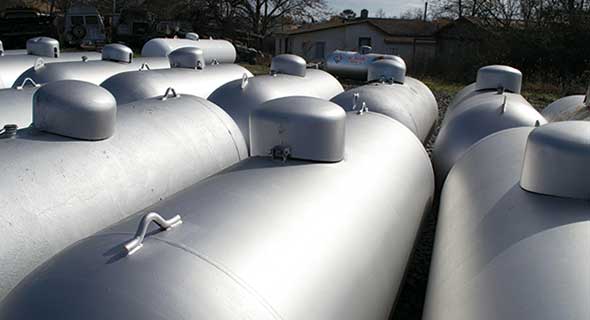Defining the state, future of the propane industry
Numbers define many things – from touchdown passes for a quarterback to gross domestic product of a country.
In the propane industry, gallons sold have traditionally been the number that defines performance. However, gallons alone do not tell propane’s full story. For example, gallons alone do not provide an indication of the number of customers using our fuel or the number of products or applications using propane. For these reasons, the data that tells propane’s story of growth and market share must include trends in the number of customers, burner tips and engines that use propane.
ICF International, the Propane Education & Research Council’s (PERC) market data provider, compiles relevant data about the propane industry. Its one-page 18-year trend summary, from 1998 to 2015, tells propane’s best story because it reports the number of customers, burner tips and engines that use propane.
The five most interesting points about propane’s story from these trends are:
- Propane has no growth markets – This is the most discouraging observation. The residential, agricultural, commercial and autogas markets have trended flat or have slowly declined since 1998.
- Autogas – Surprisingly, on-road vehicle gallons represent only 1.7 percent of the industry’s overall gallons. The number of on-road vehicles that use propane has declined by 33 percent since 1998. On a positive note, however, propane units have increased by 20 percent since 2012, suggesting that the attention paid by PERC and propane marketers to develop this market over the past several years is working.
- Water heaters – Residential propane water heater gallons have steadily declined, dropping by a whopping 33 percent in the past 18 years. The decline was happening before the 2009 PERC consumer education restriction, which suggests that consumer education alone will not reverse this trend.
- Manufactured homes – Propane-heated manufactured homes, a market once dominated by the propane industry, have declined by 28 percent since 1998. Now is the time to give this market growth priority because: 1) most are placed beyond the gas mains and 2) changes in the manufactured home market cover a much broader spectrum – from the “tiny house” to a luxury home whose components are constructed off-site but assembled on-site. As custom construction gets ever more expensive, structured housing will become more prevalent.
- Residential primary space heating gallons – This specific propane application remains the industry’s most important because it represents 26 percent of the industry’s total gallons – and it offers good margin gallons. Therefore, priority is required, especially considering the ambitious and successful efforts of the electric and geothermal competitors that are taking our customers.
Implications
Propane defies commonly held industry life-cycle theory, which, according to the numbers, would conclude that our 100-year-old industry is in its “mature declining” final phase.
However, the industry’s decline since 1998 is not a function of propane the product but instead reflects the industry’s lackluster market development performance. Propane has great growth potential. Can you think of one market traditionally served by propane that does not have growth potential because of propane’s clean, efficient and abundant attributes?
Propane’s markets are vast and diverse. Propane industry leaders must accept the challenge of becoming experts in each market’s unique application. For example, the needs of the residential customer are vastly different from the autogas customer.
Propane industry growth has no silver bullets. We must abandon the myth that autogas or fuel cells are our industry’s hope for growth. Instead, we should expect steady and consistent growth from all markets, even the obscure markets such as small engines and food trucks.
Data that reports trends in customers, burner tips and engines using propane will better enable industry leaders to assess our industry’s state and set growth priorities.
Photo: Blossman Gas
Randy Doyle is CFO for Blossman Gas in Ocean Springs, Miss. He’s also a member of PERC and the National Propane Gas Association board of directors. He can be reached at rdoyle@blossmangas.com.

















